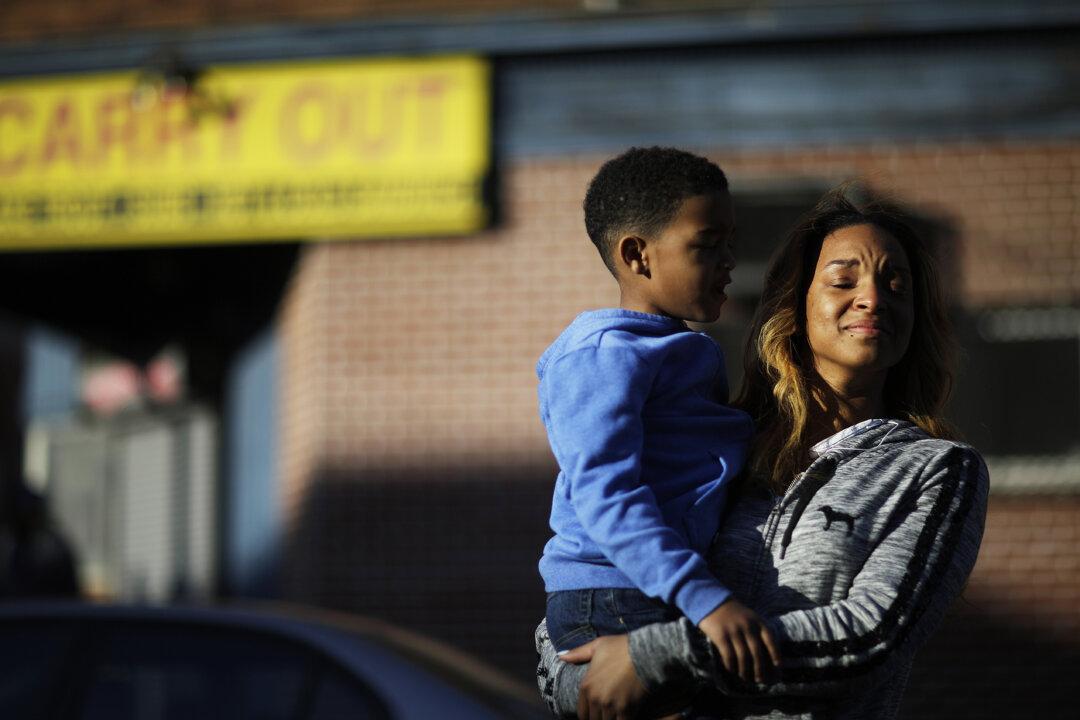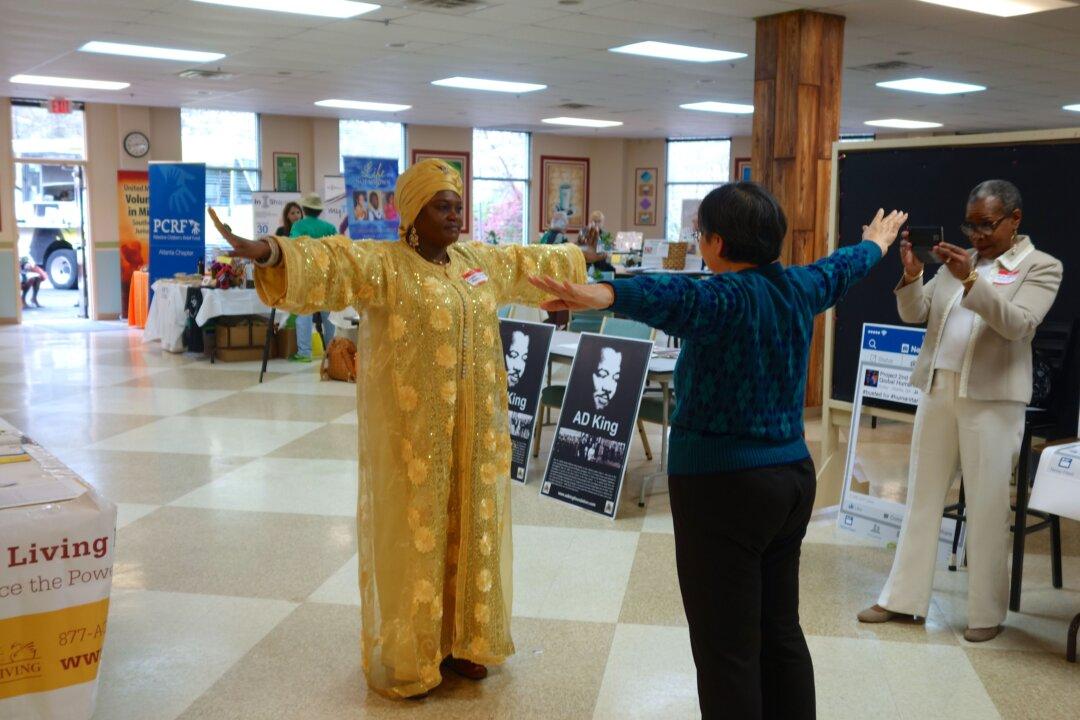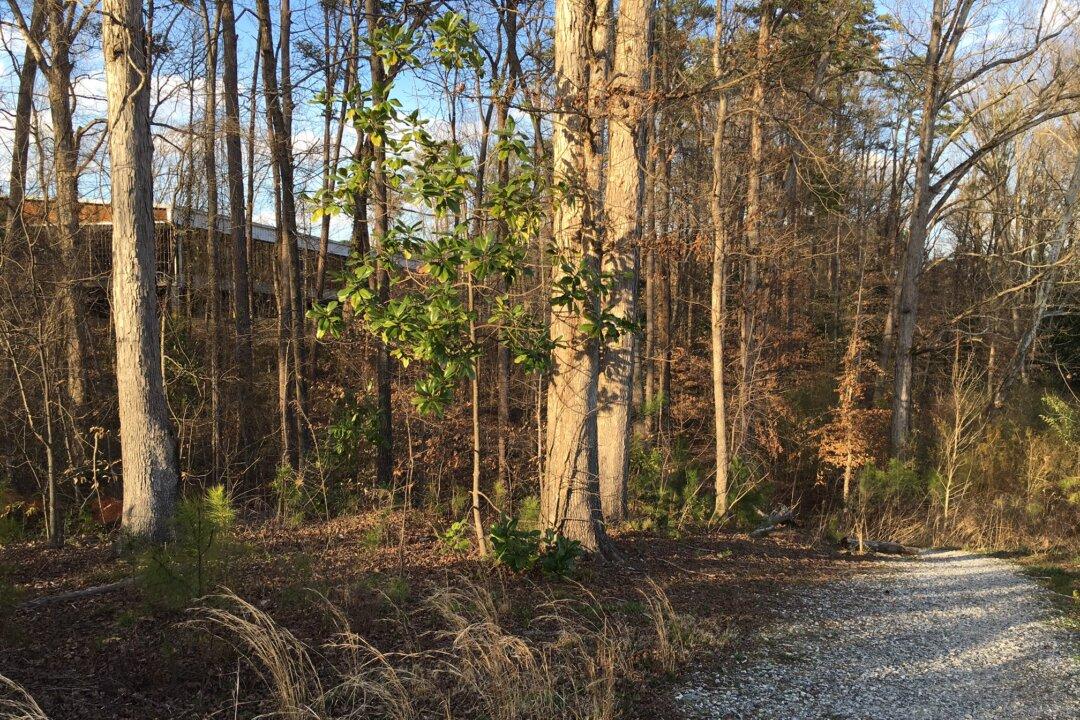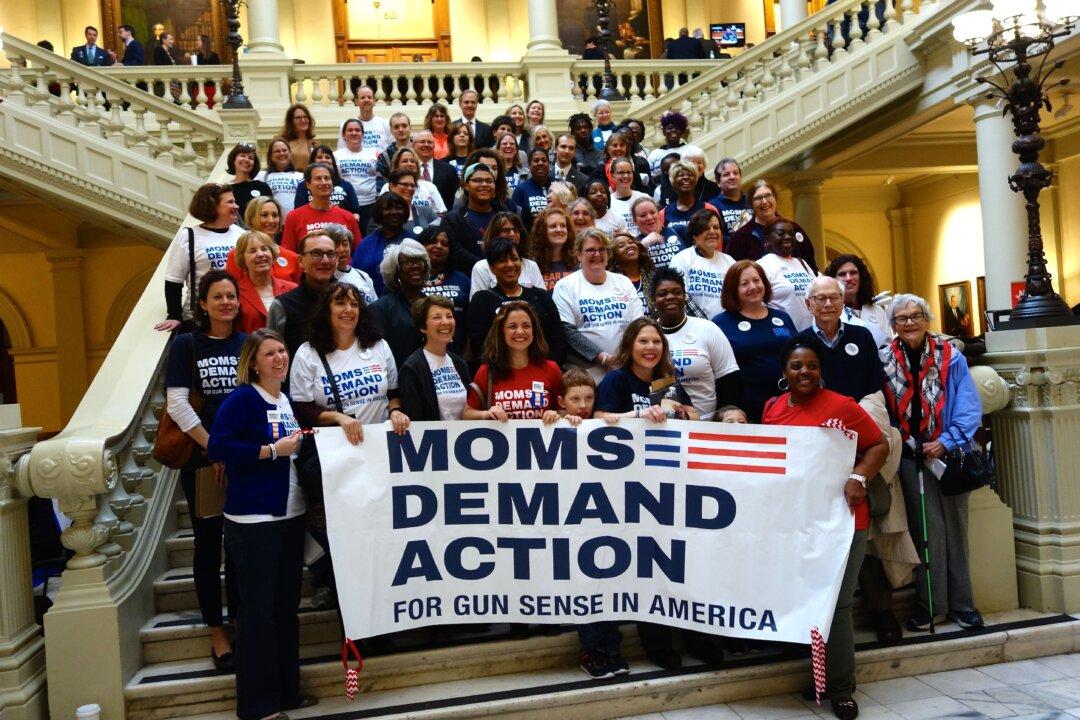The deeper issues involved in the death of Freddie Gray, and the protests, riots, looting, and arson in Baltimore that Gray’s death sparked, go back to the 1600s, according to one scholar who is working to change this long-standing situation.
“It’s a very complicated scenario,” said Dr. Yasser Payne of the University of Delaware.
He has created a program to hire “street corner guys,” develop their skills, and transition them into “quality jobs,” he said.
Media coverage of what Twitter calls the Baltimore Uprising varies from thoughtful and deep to “if it bleeds it leads.”
Comedian Jessica Williams satirized CNN reporters for seeming like the unsympathetic broadcast personalities in “The Hunger Games,” when they feasted and laughed at the White House Correspondents’ Dinner while not reporting that Baltimore caught fire on April 25.
I had been following the stories of police and protests closely since Michael Brown died in Ferguson, Missouri, last summer, and I wanted to do a better job.
So I took a Poynter News University class, “Handling Race and Ethnicity.” There was a quiz about how well you understand race and ethnicity. My score humbled me. Which is a good place for a journalist to start.
Trusty Poynter also directed me to the words of the late, great journalist Dori Maynard, who died in February after a distinguished career in which she always advocated for more diverse newsrooms. Maynard wrote that the clichés of “coded language masks some lack of in-depth understanding of the issues. When I hear ’there are racial tensions,' a.) I don’t know what that means, b.) I don’t know why there are tensions …”





